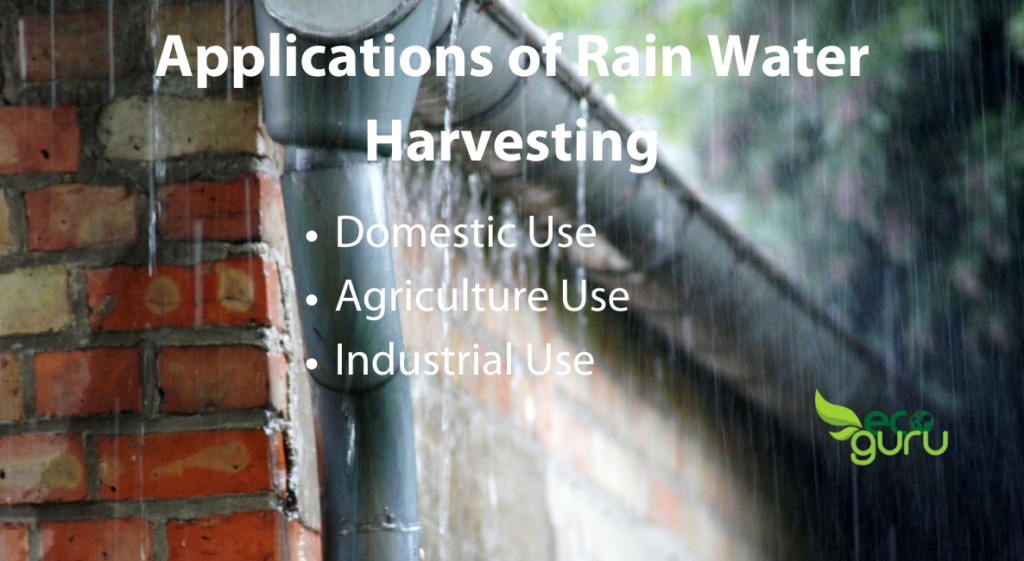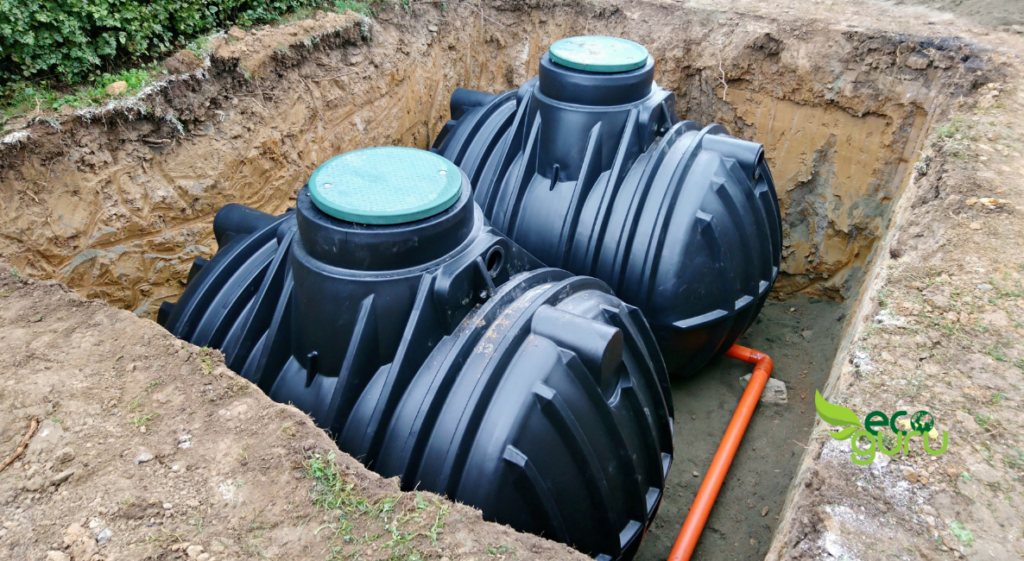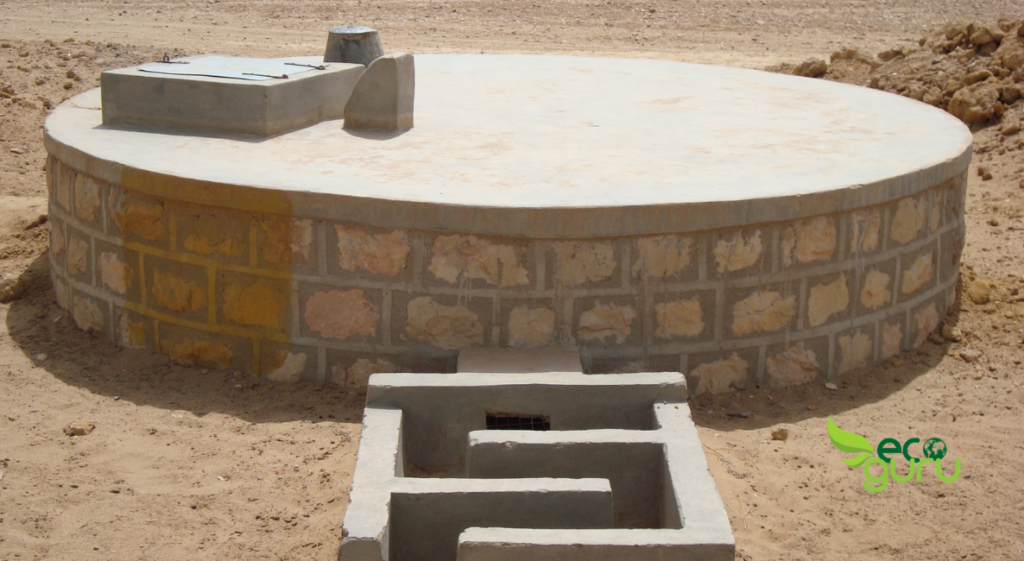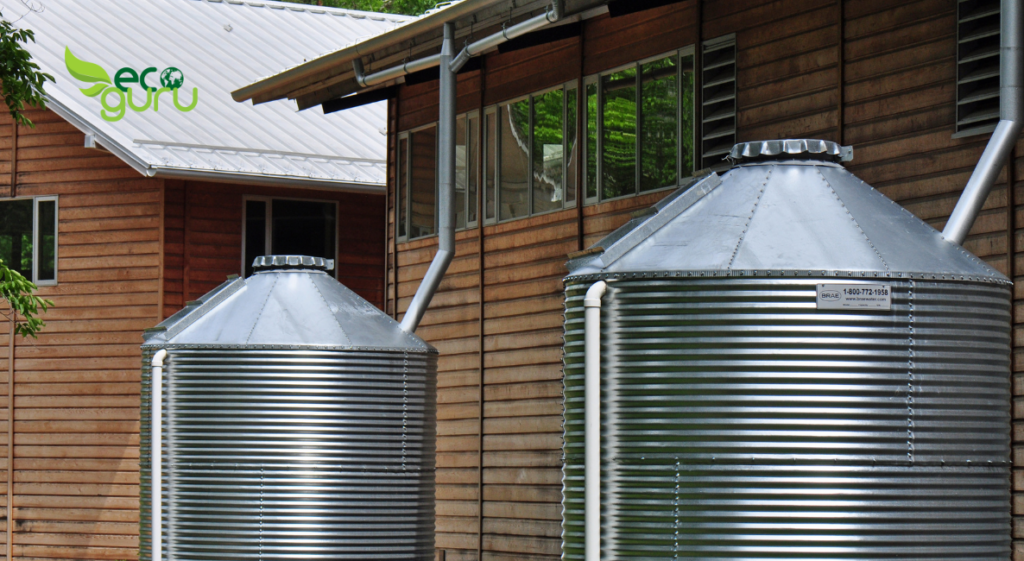All About Rain Water Harvesting Systems
Rain water harvesting is a process that involves the collection and storage of rainwater instead of letting it runoff. Using this process, you can collect runoff water from rooftops, parks, roads or grounds. The collected water can be purified and stored for later use or used to recharge groundwater reserves.
Rainwater harvesting is amongst the most popular ways of water conservation. You can visit here to read more about different water conservation methods.
The rain water harvesting systems can be simple as collecting rainwater in barrels or as complex as collecting water in large tanks to meet the needs of the entire household. Using rain water harvesting systems was first limited to only farmland use, but slowly it picked up and is being used in cities to collect the water from rooftops.
Read on to know more about various applications of rainwater harvesting, components of rainwater harvesting and its advantages and challenges.
Applications of Rain Water Harvesting

There are several applications of rainwater harvesting that can roughly divide into the following.
- Domestic Use
- Agriculture Use
- Industrial Use
Domestic Use
In households you can use the collected water to perform the following tasks:
- Flushing the Toilet
- Watering Garden
- Washing Clothes
- Washing Cars
Flushing The Toilets
Flushing the toilet can account for up to 30% of total water consumption. A single flush takes about 13 litres of water with each flush and, on average, a household can flush 5,000 times, which would mean water usage of 75,000 litres.
You can reduce the water utilised by toilet using different measures, but usage of rainwater for flushing would save all the 75,000 litres.
Watering Garden
Use of water sprinklers can consume up to 1,000 litres of water in just one hour of usage. On other hand, all the rainwater eventually ends up in drains and sewages.
You can either divert the rainwater drains directly into the garden or store the rainwater to be used later for watering the plants. This way you won’t only contribute to saving freshwater but also help recharge the groundwater.
Washing Clothes
One wash cycle can take about 50 litres of water. With an average of 3 washes per week, you would consume 7,800 litres of water in a year.
You can store and filter rainwater to use for washing purposes. You would be single handily saving a lot of freshwater from going into drains.
Washing Cars
Washing the car for one time can consume almost 500 litres in one go and that is a lot of freshwater that will go into drains. You can save it by storing and utilizing rainwater to wash and clean your cars.
By storing and using rainwater to perform these basic activities, you would save lots of freshwater from going into drains.
Agriculture Use
Water is the most essential part of the agriculture sector. The farmers use water first to grow crops, then to process agriculture products before they sent them to the marketplace. And even after being purchased, the water is used to cook the raw food. This makes water an inseparable part of the agriculture sector.
Rain water harvesting helps in reducing the dependence of farmers on other sources of water, like drawing out groundwater or setting up complicated irrigation systems. Using rainwater harvesting in agriculture can help farmers save lots of money.
Also, because of climate change, there are places receiving intense rainfalls which end up damaging agricultural lands. Rainwater harvesting is helpful in diverting heavy rainfall from agricultural lands and avoiding damage. The water can be properly stored in water reservoirs, from which framers can retrieve water for later use.
The rainwater collected is the purest form of water. That means it is free from harmful chemicals and minerals.
With the use of rain water harvesting in agriculture, the extraction of groundwater is reduced and its use instead helps in recharging the groundwater.
Industrial Use
Industries are amongst the top consumers of water, as various industrial processes consume large quantities of water. The industries like power generation, textiles, beverages are amongst the top consumers of water. We also need water in commercial and industrial buildings for sanitation and drinking purpose. That is a lot of water being consumed at one location.
Water is among the main raw material for many industries like construction, car wash business, irrigation, etc. This means using rain water harvesting systems will help save lakhs of litres of fresh groundwater.
The rain water harvesting setups can be made in some parts of the properties to catch and store rain water for later use.
Using rain water harvesting helps industries to cut their water bills. And help conserve the groundwater by utilising the rainwater.
Components Of Rain Water Harvesting System
The rainwater harvesting system has six major components, as listed below
- Catchments
- Transportation Pipes/Drains
- First Flush
- Filter
- Storage Tanks
- Recharge Structures
Let’s now dive into each one in detail.
Catchments
The catchment is the surface that receives the rainfall directly. The catchment area could be an open surface on which rain falls directly. It could be a terrace, courtyard, park, or playground.
The catchment is the first component in the whole rainwater harvesting system. As the entire process starts with catching the rainwater as it falls.
Transportation Pipes/Drains
After catching rainwater, it needs to be transported for storage or groundwater recharge. The transportation of rainwater is done using water pipes or drains. You can catch water from sloping roofs using the gutters and downpipes. For water transportation from terraces, each mouth of the drain has a wire mesh to restrict any solid material from getting into drains.
First Flush
The first flush is a device used to flush off the water collected in the first shower. This is done to avoid contamination of storable or rechargeable water from contamination of atmosphere or catchment roof.
This process also helps in getting rid of silt and other material that gets deposited on the roof in dry seasons. You should make the first flush attachment to each drainpipe outlet for better results.
Filter
The filters are useful for the treatment of water before storing or sending water for groundwater recharge. These filters can effectively remove turbidity, colour, and microorganisms from the collected water.
After the first flush, the rainwater passes through filters. A gravel, sand and netlon mesh filter is placed on the top of the storage tank. This filter removes silt, dust, leaves, and other organic materials. It is very helpful in keeping the rainwater storage tank clean.
You would need to clean the filter from time to time to make the flow of water into the storage tank easy and avoid overflowing. You can simply take out the sand and gravel material and wash it out and place it back in the filter.
Storage Tanks

After rain water is collected and filtered, it is stored in storage tanks for later use of groundwater recharge. You can construct the storage containers using concrete or use containers made of plastic. You can do the construction of the tanks above ground or underground depending on the space available.
You need to do the regular maintenance of tanks like disinfection and cleaning to maintain the quality of water stored in tanks.
Recharge Structures

You can also use the harvested rainwater for charging the groundwater deposits using suitable recharge structures. The groundwater recharge structures could be borewells, recharge trenches or recharge pits.
There can be different kinds of recharge structures depending on the depths they will take the water. The recharge structures like recharge trenches, and permeable pavements take water to shallower depths. Others like recharge wells, and tube wells take water deeper into the ground.
The existing structures, like wells, or abandoned tube wells, can also be modified and used as recharge structures and eliminate the need for constructing new structures.
Methods For Rain Water Harvesting
There are two popular methods used for rain water harvesting. These are
- Surface run off rain water harvesting
- Rooftop rain water harvesting
Surface Run-off Rain Water Harvesting
Most of the rainwater either gets evaporated or runs off into rivers far away from human settlements. This is where surface run-off rain water harvesting comes into action.
The process of surface runoff rain water harvesting involves collecting, purification and storing of stormwater for reuse. This can also include catching rain water from roads, parks, gardens and playing fields.
The surface runoff water catchment helps in collecting large volumes of rainwater with limited efforts. This collected water can be further used for recharging the groundwater or can be consumed for industrial or domestic purposes.
The challenge with surface run-off rain water harvesting is purifying the water from all sorts of pollutants and making it suitable for consumption.
Rooftop Rain Water Harvesting

The rooftop rain water harvesting system involves catching the rain water as and where it falls. The roof of the house or building acts as a catchment for collecting the rain water. The rainwater collected can be stored in a tank or can be used with an artificial groundwater recharge system.
The rooftop rainwater harvesting system is easy and less expensive to set up. This rain water harvesting system is highly effective in water conservation if implemented properly.
Benefits Of Rain Water Harvesting
There are several benefits of rainwater harvesting. We can roughly divide these benefits into four categories, as listed below.
- Water Conservation
- Environmental Benefits
- Reduces Energy Use
- Economic Benefits
Water Conservation
Rainwater harvesting plays an important role in water conservation. Here are some points for the benefits of rainwater harvesting in water conservation.
- All the rain water falling on your roof top is absolutely free. That means all you need is to set up a system to collect and store water for later use.
- For region that depend heavily on imported water. With rain water harvesting, the need for importing water from other locations will fall drastically.
- Rainwater can also make great backup water supply in case of emergencies.
- The rainwater harvesting helps reduce the need for extracting groundwater for use.
Environmental Benefits
Apart from conserving water resources, there are many other environmental benefits of rainwater harvesting, as listed below.
- Rainwater harvesting helps reduce the volume of storm water draining out from the property. That helps in reducing the contamination of surface water with pesticides, sediments, metals or fertilizers.
- Rain water collected acts as an excellent source of water for plants and other irrigation purposes as it is free from toxic chemicals.
Reduces Energy Use
Rainwater harvesting is typically helpful in water conservation methods, but in indirect benefits, it also helps in reducing energy use.
The rainwater is mostly harvested at the location. That helps save a lot of energy that is eventually used by the municipality to pump water into houses.
Using rain water harvesting systems on your properties helps save energy spend on treatment and pumping of water. Water harvesting not only helps in rain water conservation but also promotes efficient use of energy.
Economic Benefits
Another indirect benefit of rainwater harvesting is its economic benefits. The economic benefits of rainwater harvesting can be as follows.
- Rain water harvesting can help reduce your water bills.
- Rainwater harvesting can help reduce the city’s long-term water needs. Thus, reducing the overall cost of supplying water to municipalities. The cost of infrastructure construction and maintenance is also reduced significantly.
- Designing and implementing rainwater collection systems also helps create opportunities for sustainable jobs for local communities.
Challenges Of Rain Water Harvesting
There are many benefits of using rainwater harvesting systems, so are its challenges or disadvantages. The disadvantages related to the rain water harvesting system are as follows.
- Unpredictable Rainfall
- High Initial Setup Costs
- Need for Regular Maintenance
- Limited Storage Abilities
Unpredictable Rainfall
Even with modern technologies, the volume of rainfall is hard to predict. It is hard to depend on rain in certain areas that receive limited rainfall. We cannot use the rainwater alone for meeting all the water requirements of the region with limited or unpredictable rainfall.
High Initial Setup Costs
The initial setup of rain water harvesting system can be expensive as that involves adding lots of drain pipes, building filters and all. The setting up of rainwater harvesting systems involves a lot of labour work and it is time-consuming at the same time.
Need For Regular Maintenance
You would need to maintain the rain water harvesting system regularly to prevent algae growth or mosquitos breeding. The filters also need to be cleaned regularly to avoid water clogging and maintain the smooth flow of water.
Limited Storage Abilities
The storage facilities for rain water harvesting are also limited as per the space available. No matter how big is your storage capacity it won’t be able to store all the rainwater that you are collecting. A lot of the rainwater will eventually end up in drains.
The rainwater collected during the rainy season is only useful for the plants in the dry season, so once your storage is full, you no longer can take advantage of the rainwater.
Visit here to read about how to set up a rainwater harvesting system.
Also, check here the list of all renewable energy sources here and to know about leading an eco-friendly lifestyle visit here.


Comments
3 Comments
[…] more about rainwater harvesting systems here and visit here to know about how to set up a rainwater harvesting […]
[…] What to know more about rain water harvesting systems? Visit here to learn all about the rainwater harvesting system. […]
[…] know all about rainwater harvesting you can visit here. Or visit here for a step-by-step guide for setting up a rainwater harvesting […]
Comments for this post are closed.